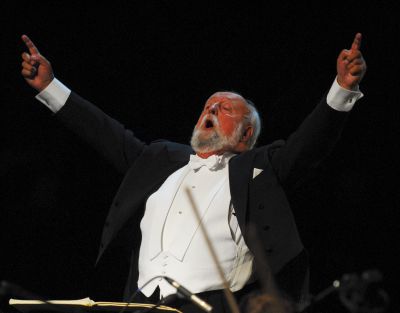Bronisław Huberman: From child prodigy to resistance fighter against National Socialism

The final line-up, however, was in a constant state of flux because Huberman filled the various orchestra positions with different people depending on future conductors, and some of the musicians returned to Europe because of the climate and the problematic living conditions in Palestine or moved on to other continents, such as North and South America. Sometimes the musicians’ life plans changed altogether.[49] Huberman himself gave up his residence in Vienna in the late summer of 1936, presumably because of the political developments there and the anti-Semitism which was becoming ever more threatening. He initially went to Italy before settling in Switzerland in 1938. The start of the concert season in Palestine, which was planned for autumn 1936, was delayed because of the Arab revolt. The last musicians and their families did not arrive in Palestine, individually and in groups, until November. Steinberg, who had consulted with Toscanini in Italy about the work, took over the rehearsals. Toscanini, who the orchestra musicians considered the most feared conductor of his time, arrived in Tel Aviv on 20 December 1936 after travelling by rail and plane from Milan via Brindisi, Athens and Alexandria. On the whole, he was happy with the rehearsals, but criticised the typical “German” way of playing: “Don’t play me any Prussian marches. […] Play with a light touch, like the French or the Italians”, he demanded of the orchestra (Fig. 10).[50]
The inaugural concert on 26 December 1936 was filled to the rafters with more than two thousand five hundred people in the audience. The programme included an overture by Rossini, the second symphony by Brahms, Schubert’s “Unfinished”, Nocturne and Scherzo from Mendelssohn’s “Summer Night’s Dream”, and the “Oberon” overture by Carl Maria von Weber. The concert was repeated several times in Tel Aviv, Haifa and Jerusalem and was transmitted by Jerusalem radio via Cairo and London to the US. By 5 January, fifteen thousand visitors had experienced the ten concerts, shows for workers, and public rehearsals. From 7 to 12 January 1937, Toscanini and the orchestra went on tour to Cairo and Alexandria. Huberman deliberately did not take part in these concerts so that the orchestra could take centre stage.[51]
[49] Compare in this portal (https://www.porta-polonica.de/de/lexikon/broches-raphael) the biography of the Polish-Jewish violinist Raphael Broches (1906-1941?) who came to Palestine in December 1936 from Hamburg to take up his place in the orchestra but returned to Germany in the January to finish his musicological doctorate. Broches was presumably deported from the Warsaw Ghetto to the Treblinka concentration camp in 1941 and murdered there.
[50] Memories of Heinrich Schiefler, in: 40 Years. The Israel Philharmonic Orchestra, Tel Aviv 1976
[51] For the Toscanini concerts and the first concert season, compare von der Lühe 1993 (see Literature), page 1046, and von der Lühe 1998 (see Literature), page 156-160












